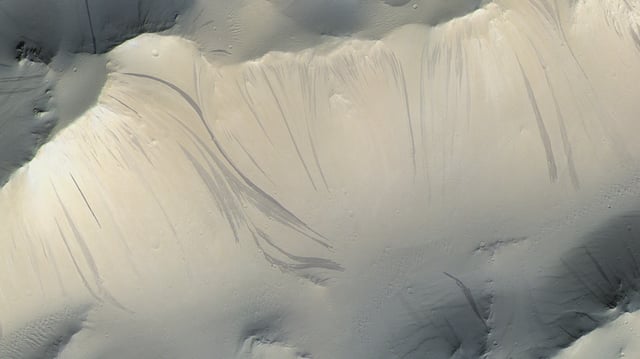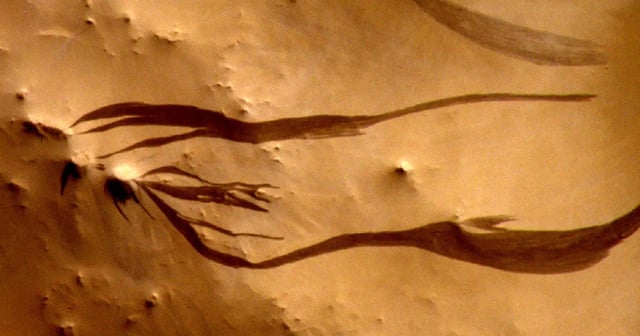Overview
- A study published in Nature Communications concludes that Martian dark slope streaks and recurring slope lineae (RSL) are formed by dry dust avalanches triggered by wind, impacts, and dust devils.
- Researchers used machine learning to analyze over 86,000 high-resolution images, creating a global map of more than 500,000 streak features across Mars.
- Geostatistical analysis found no correlation with factors indicative of liquid water, such as humidity or temperature, but linked streak formation to above-average wind speeds and dust deposition.
- The findings reduce contamination concerns for future Mars missions, as these regions are unlikely to support habitable environments.
- The study highlights the significant role of dust transport in shaping Mars' modern climate, with millions of tons of material potentially moved annually by these avalanches.


